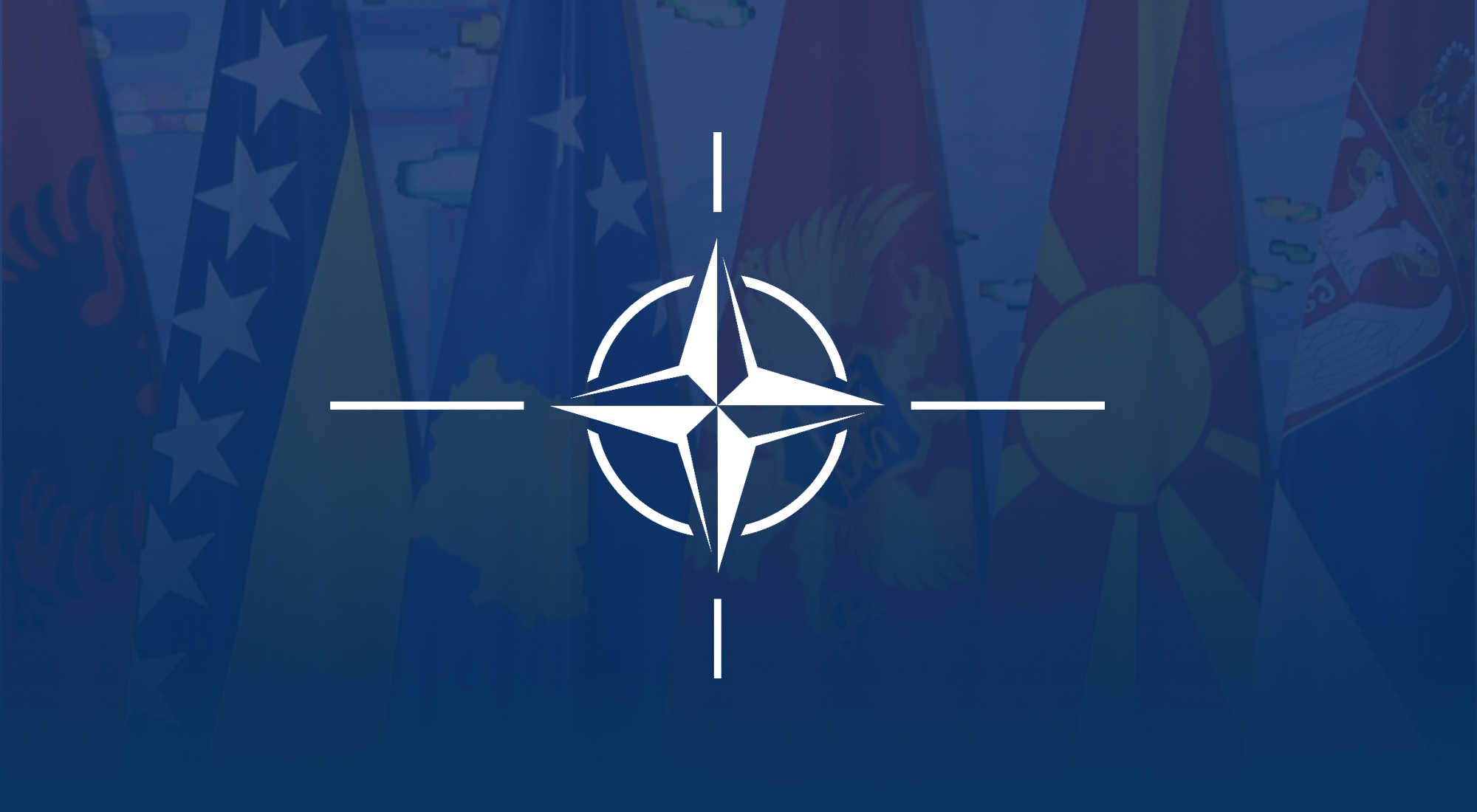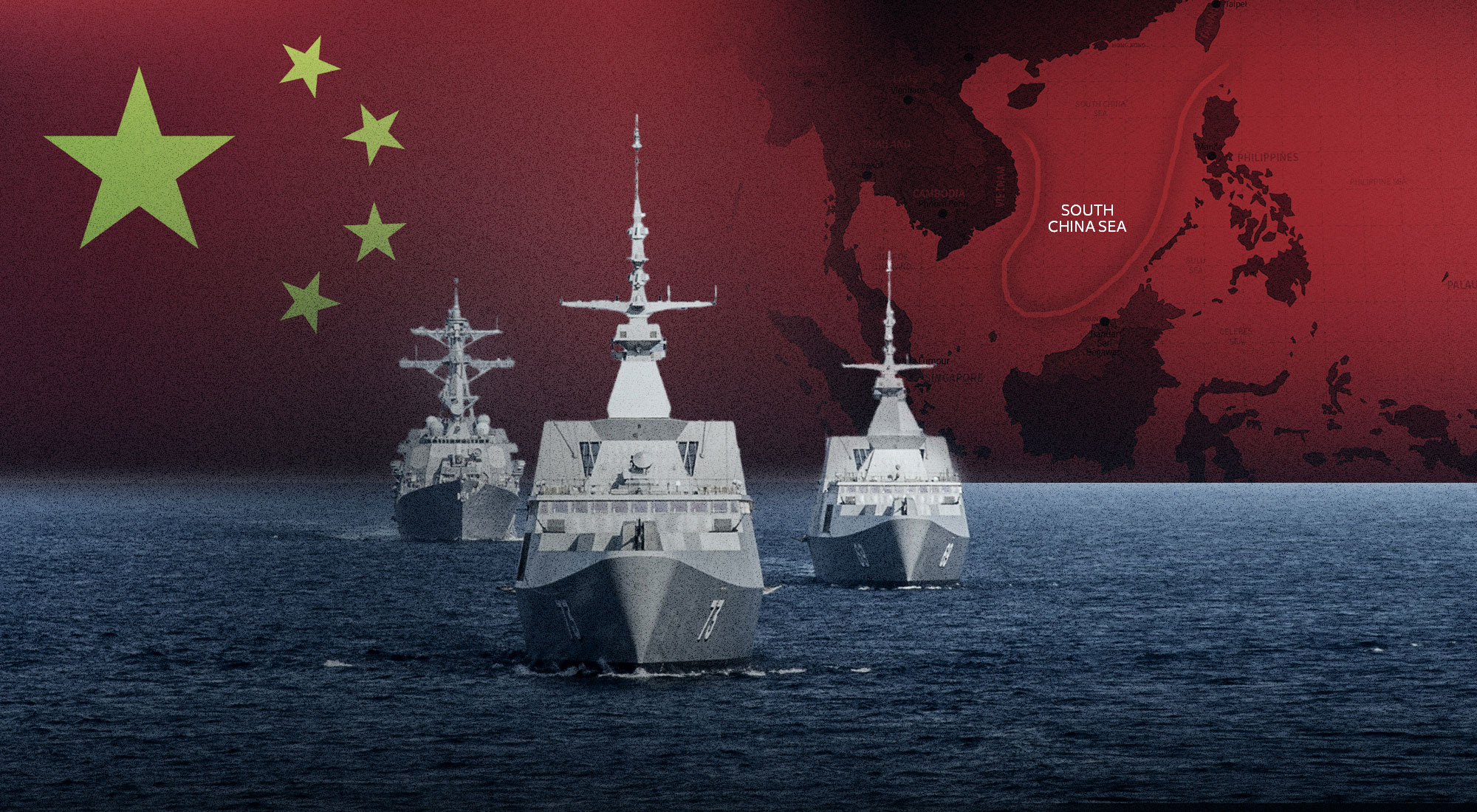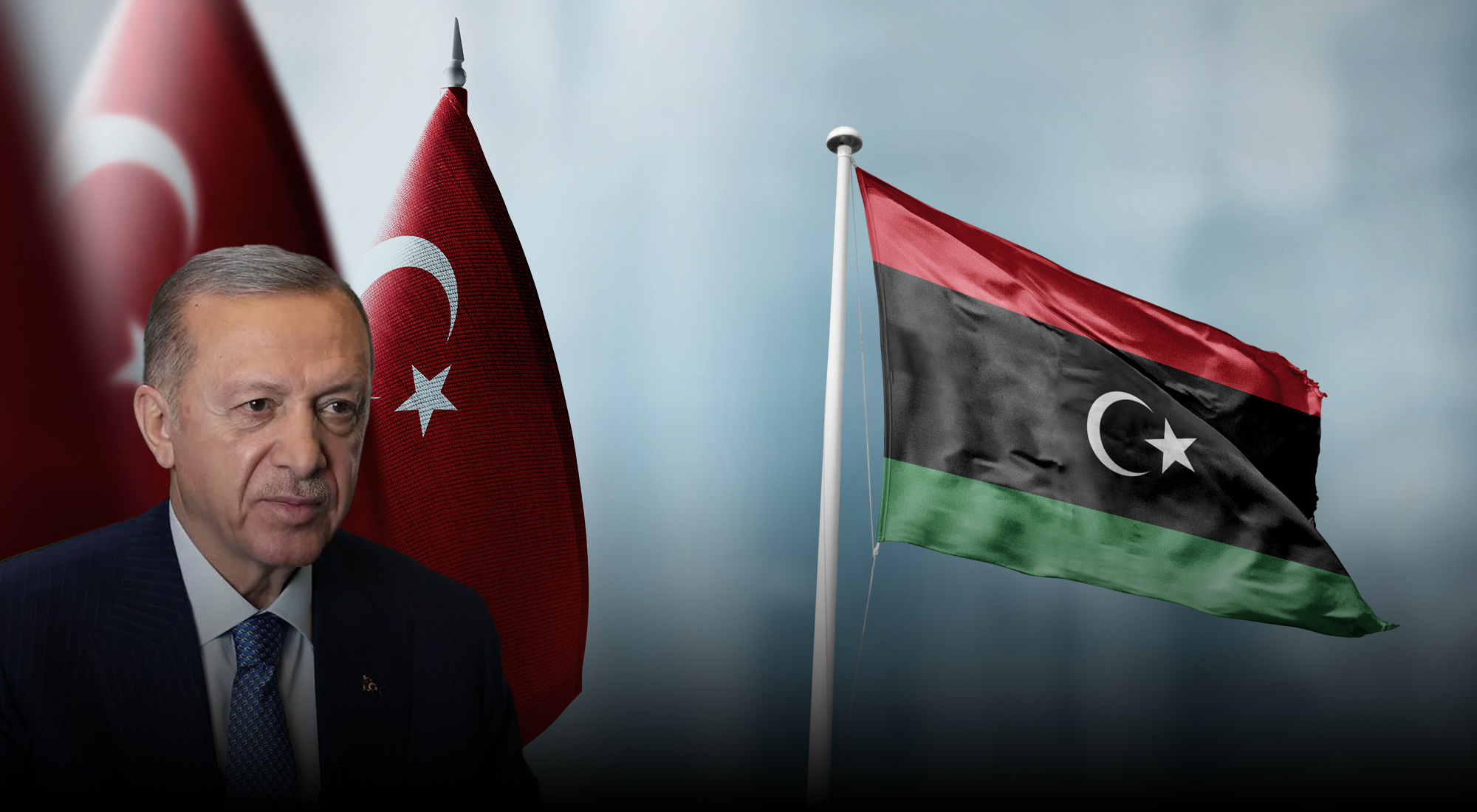Donald Trump will find a world different from his first presidency. U.S.-China competition is not just a bilateral issue; it includes most countries in the Global South. In recent years, BRICS full and associate members have raised their international activism through multilateralism. In contrast, the Trump Administration has already demonstrated a complete refusal to engage in multilateral agendas, beginning with climate change. In Latin America, unlike during the previous Trump term, Brazil is leading the region restlessly toward a multipolar framework. Lula and Itamaraty, Brazil’s influential Ministry of Foreign Affairs, are betting on BRICS, and especially China, with pragmatism and without fearing constraints from Washington.
This insight analyzes the potential policy scenario involving President Trump and his reactions to BRICS initiatives, including de-dollarization. Trump’s cabinet counts on figures like Secretary of State Marco Rubio, known for radical postures concerning China, Russia, and Iran. At the same time, U.S. policy and opinion-makers appear to be embracing hawkish policies regarding BRICS projects. Will this republican government be able to reinvigorate U.S. hegemony, given the BRICS’ defiance? Are U.S. sanctions and tariffs appropriate to compete in a multipolar world? Given Lula’s centrality in BRICS, what impact may Trump’s foreign policy have on U.S.-Brazil relations? To answer these questions, the insight will first introduce BRICS as a multipolar bloc that challenges U.S. hegemony. Secondly, the focus will shift toward the relations between Trump and BRICS, demonstrating that BRICS has acquired international prestige in tandem with Trump’s undermining of the bloc’s projects. Lastly, there will be space for an examination of Trump’s backlash against BRICS since 20 January 2025, the day of his second inauguration. The central argument is that, from an international relations perspective, Trump’s foreign policy is indirectly enhancing and legitimizing BRICS’ goals toward de-dollarization and multipolarization of the world order.
To understand why BRICS can significantly challenge Trump’s foreign policy, it is necessary to define what the BRICS countries represent, in geopolitical terms. Initiated by Brazil, Russia, India, China, and later by South Africa, BRICS can be seen as a multipolar bloc that aggregates countries in the Global South, challenging, to varying degrees, Western hegemony. Specifically, since its inception in 2009, BRICS countries have attempted to defy the primacy of the Bretton Woods Institutions, such as the International Monetary Fund (IMF). The main collision between BRICS and the White House rests on the bloc’s desire toward de-dollarization of international trade, to foster trade in national currencies and evade the extraterritoriality of U.S. sanctions. For Washington and other Western capitals, BRICS tends to imply an asymmetrical challenger to the liberal international order. The antagonism to the U.S. dollar is of utter relevance, since the monetary hegemony extends from its financial form toward a larger exercise of supremacy, from the political to the military realm.[1] Initially, BRICS was not perceived as a foremost threat to U.S. interests, or at least not a pressing one. Under former President Barack Obama, the U.S. State Department acknowledged BRICS’ emergence, being a helpful label to circle the emerging markets of the Global South.[2] Instead, the first Trump Administration (2017–2021) started to find in BRICS a source of antagonism toward the “Make America Great Again” (MAGA) project. At that time, Trump was able to ally with Brazilian President Jair Bolsonaro (2019–2022), distancing Brazil from BRICS and aligning the South American giant with U.S.-led initiatives, notably the North Atlantic Treaty Organization (NATO), by designating Brasilia as a major non-NATO ally. Through the Brazilian case, this insight also aims to emphasize the relevance of all BRICS countries, not just China, in prompting a response from U.S. policymakers. BRICS is not only geopolitically significant, but all members, specifically Brazil, are pursuing a multipolar agenda despite the demands of U.S. foreign policy.
This specification is required since BRICS’ actions are usually seen as dependent on China’s will, which, despite Beijing’s evident economic primacy within the bloc,[3] does not preclude BRICS countries from pursuing their autonomous foreign policy strategy. Moreover, to demonstrate the resilience of BRICS countries related to Trump’s agenda, Bolsonaro’s case is indeed exemplary. Despite Bolsonaro’s full-scale support for the “America First” values and his opposition to left-leaning governments, including China, the former president did not withdraw from BRICS; he instead participated in BRICS summits and even greeted the bloc’s initiatives.[4] The menaces of tariffs and commercial retaliations against China’s worldwide followers were already present during Trump’s first term. Nonetheless, it is arguable that the BRICS has gradually become a significant concern for the Trump Administration over time. When Trump returned to the White House on 20 January 2025, the U.S. and the international order presented a quite different scenario than during his previous term. Back in 2024, JP Morgan alerted that dollar-denominated transactions were decreasing in the commodity sector, where oil and other energy exports were already implementing a timid de-dollarization.[5] Even if implicit, the responsibility for these emerging practices of de-dollarization lies among BRICS countries and new associate nations, such as Iran, the second-largest oil exporter in the Middle East,[6] surrounded by a variety of U.S. financial sanctions. Furthermore, before Trump’s victory, the BRICS bloc welcomed new members that hold a significant share of energy exports, such as the United Arab Emirates (UAE).[7] If Bolsonaro’s Brazil was an ally for Trump to hold against China and BRICS, Brazil can be considered today as a prominent BRICS leader.
Brazil and its BRICS scepter facing Trump
Brazil is likely the most significant change, compared to Trump’s first term, when it comes to the United States’ BRICS-related foreign policy. Firstly, Brazil is the current head of BRICS and hosted the 17th BRICS Summit in Rio de Janeiro in July 2025. Economically, the multipolar bloc is showing resilience and dynamism. The IMF forecasted that, by the end of 2025, BRICS countries will achieve a 3.4% GDP growth rate, surpassing the 2.8% of the global average.[8] Furthermore, the bloc’s enlargement process has reached a new expansion phase. In recent months, Global South countries such as Bolivia, Cuba, Indonesia, and Vietnam have associated themselves with BRICS, while Colombia recently joined the bloc’s New Development Bank (NDB). Under Brazilian leadership, BRICS is capitalizing its advantage toward the Global South. In response to U.S. tariffs, BRICS is answering with soft power and diplomacy. An actual corroboration can be found in the BRICS’ reaction to the Iran-Israel conflict, headed by Brazil. While the Trump Administration decided to join Israel in bombing Iranian nuclear sites, BRICS actively called for de-escalation and exhorted respect for the United Nations (UN) Charter in preventing the unjustified use of armed force.[9] Within BRICS, Brazilian President Lula has consistently demonstrated strategic autonomy toward Washington. Early in his second term, Trump asserted that he would have imposed 100% tariffs on any country attempting to de-dollarize international trade, clearly targeting Brazil and its other BRICS peers.[10] Lula took the opportunity to stress that any U.S. tariff would be met with Brazilian reciprocity, adding substantial criticism to Trump’s denialism regarding climate change.[11]
Lula’s reactions to Trump’s tariffs suggest that Brazil finds in the multipolar bloc a priority not resembling that in the relations with the United States. Arguably, for the first time in Brazilian foreign policy, Latin America and the Global South, under the BRICS paradigm, have become the main vectors of Brazil’s international projection. It is safe to claim that Trump’s narrative has helped and pushed Brazil into fostering the BRICS alliance rather than following the White House’s demands to reshape U.S.-Brazil relations, as occurred with several other nations. From a comparative standpoint, Brazil refuses to accept U.S. demands, such as those imposed on NATO and the Europeans, regarding the increase in military spending.[12] While NATO countries show a willingness to satisfy Trump’s plans, Brazil looks the other way.
Indeed, from a theoretical lens, Lula’s moves are remarkably coherent with a foreign policy prolonged throughout his three terms in office. Under Lula, Itamaraty engaged in external actions guided by the principles of autonomy, with freedom of action in its international relations, and diversification, seeking political and commercial partners beyond Western governments.[13] Specifically, the current geopolitical climate offers Lula ample room to nourish a South-South scope of action. It should be acknowledged that Lula was at the center of the BRIC alliance, without South Africa at the time, during the first summit in Russia in 2009. Throughout its presidencies, Lula directed a multipolar foreign policy oriented toward the Global South in general, but with special attention to the Middle East. In 2003, Lula travelled to the UAE to meet with the late Sheikh Zayed bin Sultan Al Nahyan, beginning a continuous interest in Arab countries, followed by visits to Algeria, Egypt, Jordan, Libya, Lebanon, Palestine, Syria, and Qatar.[14] In this sense, the opening door caused by the erosion of U.S. hegemony has furthered Brazil’s interests in BRICS, the Arab World, and the Global South, diverting attention toward the U.S.
Under the guise of “Peace through Strength”, the current U.S. international agenda can be seen as a catalyst for Brazil and other BRICS countries to trivialize their ties with Washington. Trump’s foreign policy is enhancing the BRICS objectives of multipolarity, de-dollarization, and South-South cooperation. In the Brazilian case, there is an ongoing shift toward the Middle East, also exemplified by Brazil’s invitation, being the host nation of the last G20 summit, to the UAE as a guest country in 2024.[15] It is worth noting that Lula’s last visit to the United States was in 2023, and since Trump’s comeback, there have been no bilateral meetings between Brazil and the United States. Instead, Brazil is proactively advancing the BRICS agenda by focusing on new projects related to the green transition and reform of the international financial architecture. Probably, if the BRICS countries gradually achieve their goals in fully challenging the post-1948 liberal order in the following years, there will be a correlation with Trump’s international stances.
The Trump Administration and BRICS
Trump and his inner circle, particularly the Secretary of State, Marco Rubio, firmly believe in the U.S. dollar’s supremacy as the pivotal tool to MAGA. Still, economic angles portray a different situation. As of 2022, the U.S. dollar accounted for 58% of global foreign reserves, compared to 85% in the 1970s.[16] Of course, the primary opponent to Trump’s global affairs is unequivocally China, which represents a shared concern for Rubio and various Republicans between the White House and Congress. However, Lula’s Brazil is also a source of worries for its bonds with China and BRICS. As a Senator, Rubio explicitly denounced Lula’s de-dollarization attempts with BRICS since fostering trade in local currencies might inhibit the leverage of U.S. sanctions.[17] Generally, in his role as Secretary of State, Rubio appears to influence Trump in fighting back the BRICS agenda, with a focus on Latin America. When Argentina was considering an eventual BRICS membership, Rubio actively applauded President Milei for refusing to join the bloc.[18]
It could be argued that the Trump Administration is not evaluating the BRICS peril by considering the actual effectiveness of de-dollarization and the reform of the international financial architecture. Due to the influence exerted by Rubio and other neoconservatives within Washington’s corridors of power, Trump is likely to misjudge the BRICS entity. It is sufficient to remember that, despite Trump’s menaces toward BRICS countries, the bloc has not stopped its enlargement process, and its activity, now guided by Brazil, is of absolute dynamism. In other words, Trump appears to be helping BRICS achieve its goals, especially in framing the real necessity for Global South countries to diversify their economies and enrich South-South cooperation.
The mere issue of tariffs is indicative of that. At its fundamentals, BRICS has always stood for an alternative to the U.S. dominance, and its free-market policies pushed through the IMF toward the Global South, which created a global dependency on international creditors based in the U.S.[19] Hence, at least for some Global South countries, Trump’s rhetoric on tariffs, curbing immigration, and hard-power practices such as the attacks on Iran, demonstrate that it is of utmost urgency to fade away the dependence on the United States. Also, from a commercial perspective, the tariffs’ rollercoaster generated an unprecedented instability in the U.S. market, which, despite its attraction, motivates countries to look elsewhere. If, during the unipolar moment of the 1990s, there was no alternative to the Western-dominated liberal paradigm, today, BRICS offers a truly appealing one. It is not just a matter of strong rivals of the West, like China, Iran, or Russia, but traditional U.S. allies like Brazil and Colombia, thanks to their roles in the BRICS system, that prove that autonomy and diversification are necessary. Even U.S. observers outline that Trump’s expression of hard power, namely through tariffs, erases the soft power legacy that granted Washington its hegemony over the rest of the world.[20]
Geopolitically, several other U.S. allies might find in a BRICS partnership the right path to counterbalance Trump’s transactional foreign policy. One line of reasoning can suggest that Trump’s retaliatory capacity can hamper BRICS’ functionality. A different look, proposed in this work, asserts that Trump is motivating Global South countries and legitimizing the BRICS agenda toward potential new members. Two signaling cases come from Türkiye and Saudi Arabia. Ankara is a NATO country, while Saudi Arabia benefits from special relations with Washington, as showcased in Trump’s recent visit to the Kingdom. Türkiye and Saudi Arabia are keeping an active invitation to join BRICS. Nevertheless, the fear of reprisals from Washington and other Western nations can prevent them from merging the multipolar bloc, while simultaneously, the uncertainty of Trump’s foreign policy could represent an incentive for Ankara and Riyadh.[21] In any event, the future of BRICS and U.S. foreign policy could be genuinely entangled. Frictions between the multipolar bloc and Trump’s White House are increasing. They will likely lead to further confrontations and divisions between the realities of the Global North and the Global South. For Middle Eastern actors like the UAE, this evolving global dynamic presents both opportunities and challenges. As Gulf countries continue to expand partnerships while preserving traditional ties, nuanced diplomacy and diversified alliances will be key. In this shifting landscape, Abu Dhabi’s pragmatic and multilateral approach can be a model for balancing global currents without becoming polarized by major power rivalries.
Conclusion
Multipolarity is a true challenge for the second Trump Administration. Unlike his first term, where U.S. hegemony appeared to be declining, but not coherently challenged from the Global South, today’s situation is quite different. BRICS cannot be ignored anymore. The alternative to Western dominance offered by the multipolar bloc is increasingly attractive to Global South countries. At the same time, it must be acknowledged that Trump’s foreign policy tries to counter the BRICS’ project, particularly evident through the use of unilateral measures such as tariffs and sanctions. This analysis stresses that Trump’s international agenda is not really undermining BRICS’ agency. Instead, it is catalyzing the leverage of the bloc while also motivating traditional U.S. allies to enhance their strategic autonomy. By looking at BRICS’ foundational aims, such as reforming the international financial architecture and pushing for de-dollarization, it is possible to find an implicit legitimization of this agenda due to Trump’s actions. Latin American countries, namely Brazil and Colombia, are expanding their ties with BRICS largely because of their current clashes with Washington. Moreover, the distancing of the U.S. from multilateralism and climate diplomacy furnishes additional reasons for the Global South to turn toward BRICS. Brazil exemplifies this recalibration. President Lula chaired BRICS with a strong emphasis on South-South cooperation. Being a tradition of Brazilian foreign policy, Lula’s quest for autonomy is gaining consensus among several Global South countries interested in diversifying their international outlook. BRICS offers a proper venue, also due to Trump’s misjudgment of the bloc’s scope and influence, which is reinforcing its legitimacy across the Global South. Within the Trump Administration, figures like Secretary of State Marco Rubio embrace a foreign policy reminiscent of the Cold War, where U.S. coercion, today’s combining of military intervention and financial tools, asserts power and reestablishes global hegemony. On the contrary, this attitude is modifying the behavior of historical U.S. allies, such as Türkiye and Saudi Arabia, now showcasing different degrees of BRICS engagement.
It is no coincidence that BRICS’ growth in membership, economic activity, and diplomatic initiatives comes jointly with Trump’s return to the White House. From Brazil’s leadership in BRICS to the UAE’s active membership and Colombia’s strategy to diversify its foreign policy, it is clear that the Global South is pushing for an international order alternative to the Western-led one. U.S. coercive measures, especially tariffs and sanctions, justify the search for a multipolar world where the Global South raises its demands not only within Western arenas but also through its own organizations. However, for the UAE and other Gulf states, the multipolar world can offer benefits and risks. Strategically, pragmatism will be required to balance the approaches toward Washington and BRICS. In this way, Abu Dhabi can consolidate its role as a global convener and policy innovator. As a recent full member of BRICS, the UAE stressed its willingness to diversify international partnerships, being wisely positioned to act as a Global South country with positive connections toward the West. Proof of that is the UAE’s diplomatic outreach, including mediation roles and multilateral initiatives, which shows capacity and ability to find a balance in an increasingly competitive and scattered world order, where complete hegemony looks absent. With this pragmatic foreign policy, Gulf states leveraged their geoeconomic relevance to play an essential role in dialogue within the increasing divisions separating the Global North and the Global South.
The Global South is not homogeneous, and neither can be the foreign policies of its countries. For Latin America, thinking strategically about autonomy in international relations is an urgent necessity, whereas the region needs to further its dialogue with peers in the Middle East, Africa, and Asia to reduce political and economic dependency on Washington. Nonetheless, Trump’s worldview, which finds some praising in the Global South, and BRICS’ vision reflect a deeper transformation. Unipolar dominance is questioned, and the multipolar reality cannot be denied or avoided. Whether BRICS will fully succeed in reshaping international governance remains to be seen, but clearly, Trump’s antagonism provides legitimacy to the multipolar bloc. Multipolarity already provided a piece of evidence: the Global South is no longer merely a subject of great power politics but an active architect of its own destiny, finding in BRICS a proper opportunity.
References
[1]. Rohini Hensman and Marinella Correggia, “US Dollar Hegemony: The Soft Underbelly of Empire,” Economic and Political Weekly 40, no. 12 (2005): 1091–1095. https://www.jstor.org/stable/4416354.
[2]. Mihaela Papa, “BRICS’ Pursuit of Multipolarity: Response in the United States,” Fudan Journal of the Humanities and Social Sciences 7, (2014): 363–380. https://doi.org/10.1007/s40647-014-0022-2.
[3]. Francesco Bernabeu Fornara, “BRICS by 2049: A China-Dependent Counter to the West?,” Euro Prospects, December 11, 2024, https://europrospects.eu/brics-by-2049-a-china-dependent-counter-to-the-west/.
[4]. Carlos Eduardo Vidigal and Raúl Bernal-Meza, “Bolsonaro versus Rio Branco: transição hegemônica, América do Sul e política externa,” Revista de Relaciones Internacionales, Estrategia y Seguridad 15, no. 2 (2019): 11–26. https://doi.org/10.18359/ries.4673.
[5]. “De-dollarization: Is the US dollar losing its dominance,” JP Morgan, July 1, 2025, https://www.jpmorgan.com/insights/global-research/currencies/de-dollarization.
[6]. “Oil Supply: Iran,” International Energy Agency, (2022), https://www.iea.org/countries/iran/oil.
[7]. Kristian Alexander and Gina Bou Serhal, “UAE Entry into BRICS Increases its Diplomatic and Economic Options,” Stimson Center, September 13, 2023: https://www.stimson.org/2023/uae-entry-into-brics-increases-its-diplomatic-and-economic-options/.
[8]. Mayara Souto, “BRICS GDP outperforms global average, accounts for 40% of world economy,” BRICS Brasil 2025, May 2, 2025, https://brics.br/en/news/brics-gdp-outperforms-global-average-accounts-for-40-of-world-economy.
[9]. “Declaração do BRICS sobre a Escalada da Situação de Segurança no Oriente Médio Após os Ataques Militares no Território da República Islâmica do Irã,” Brazilian Ministry of Foreign Affairs, (2025), https://www.gov.br/mre/pt-br/canais_atendimento/imprensa/notas-a-imprensa/declaracao-do-brics-sobre-a-escalada-da-situacao-de-seguranca-no-oriente-medio-apos-os-ataques-militares-no-territorio-da-republica-islamica-do-ira.
[10]. Alberto Maresca, “BRICS could be Donald Trump’s kryptonite,” Latinoamérica 21, February 22, 2025, https://latinoamerica21.com/en/brics-could-be-donald-trumps-kryptonite/.
[11]. “Brazil’s Lula vows ‘reciprocity’ if Trump imposes tariffs,” Deutsche Welle, January 30, 2025, https://www.dw.com/en/brazils-lula-vows-reciprocity-if-trump-imposes-tariffs/a-71463041.
[12]. “NATO Leaders Pledge to Increase Defense Spending,” U.S. Department of Defense, June 25, 2025, https://www.defense.gov/News/News-Stories/Article/Article/4226009/nato-leaders-pledge-to-increase-defense-spending/.
[13]. Letícia Pinheiro and Maria Regina Soares de Lima, “Between Autonomy and Dependency: The Place of Agency in Brazilian Foreign Policy,” Brazilian Political Science Review 12, no. 3 (2018): 1–22. https://doi.org/10.1590/1981-3821201800030003.
[14]. “Remember Brazil’s Lula 1st visit to the UAE in 2003,” Brazil-Arab News Agency, April 14, 2023, https://anba.com.br/en/remember-brazils-lula-1st-visit-to-the-uae-in-2003/.
[15]. “President Lula meets with Crown Prince of Abu Dhabi,” Brazilian Government, November 17, 2024, https://www.gov.br/planalto/en/latest-news/2024/11/president-lula-meets-with-crown-prince-of-abu-dhabi.
[16]. Vladimir Popov, “US Dollar Is Losing It Position of a Reserve Currency: How New BRICS Development Bank Can Ensure a Soft Landing,” Journal of the Asia Pacific Economy, (2024): 1–11, https://doi.org/10.1080/13547860.2024.2414558.
[17]. Marco Rubio, “Tyrannical China wants to topple the US dollar,” The Telegraph, May 16, 2023, https://www.telegraph.co.uk/news/2023/05/16/marco-rubio-china-will-topple-us-dollar-leftist-ideology/.
[18]. “Official press release from Office of Former Sen. Marco Rubio (R-FL),” LegiStorm, January 14, 2024, https://www.legistorm.com/stormfeed/view_rss/2332833/member/2809/title/icymi-rubio-praises-argentina-for-resisting-brics.html.
[19]. Mohammed Saaida, “BRICS Plus: De-dollarization and Global Power Shifts in New Economic Landscape,” BRICS Journal of Economics 5, no. 1 (2024): 13–33. https://doi.org/10.3897/brics-econ.5.e117828.
[20]. Robert O. Keohane and Joseph S. Nye, “The End of the Long American Century,” Foreign Affairs, (July/August 2025), https://www.foreignaffairs.com/united-states/end-long-american-century-trump-keohane-nye.
[21]. Oliver Stuenkel and Margot Treadwell, “Will Trump’s Unpredictable Foreign Policy Boost BRICS?,” Foreign Policy, March 24, 2025, https://foreignpolicy.com/2025/03/24/brics-indonesia-turkey-saudi-arabia-expansion-brazil-summit-trump/.









